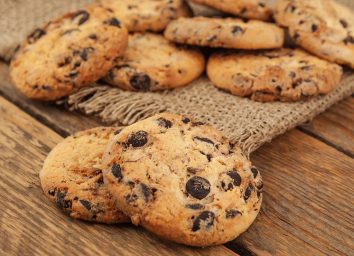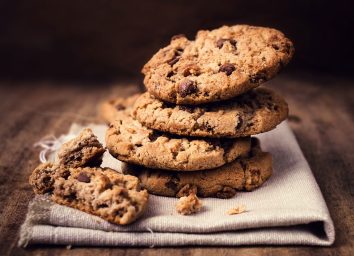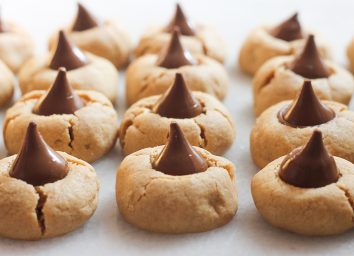What Really Is The White Stuff In the Center of an Oreo?
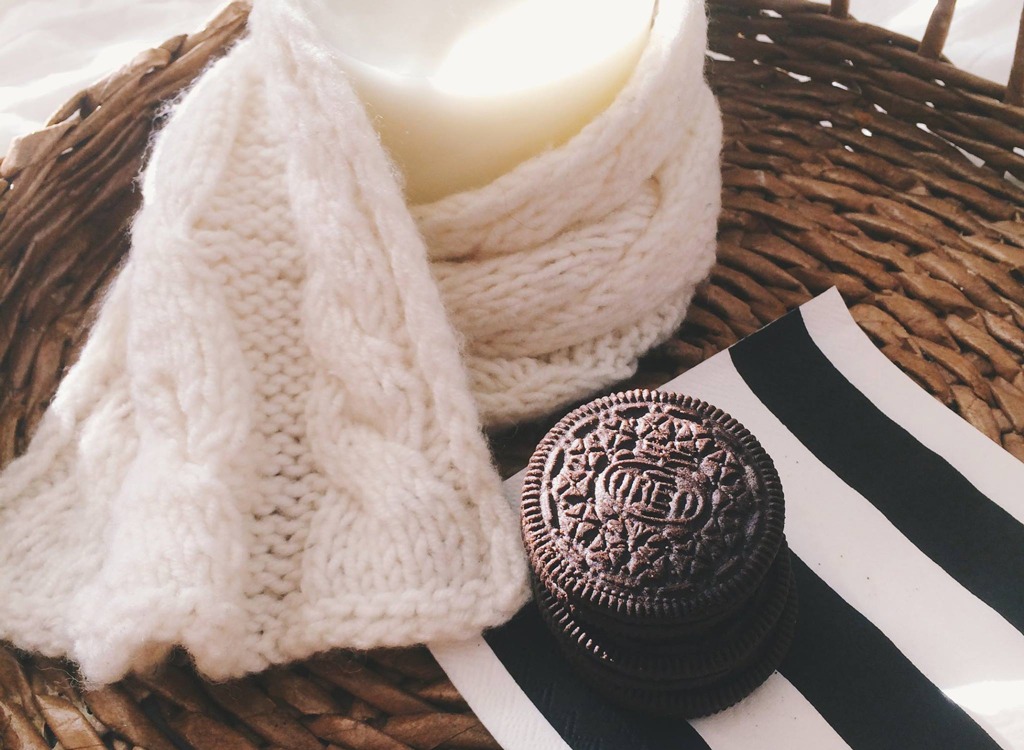
There are two kinds of people in this world: those who immediately bite into the three-layered Oreo cookie, and those who twist it apart to get right to the white filling. Regardless of who you are, it’s a widely agreed upon fact that the Oreo creme center is a beloved confection. So much so, in fact, that Oreo even offers “Double Stuf” and “Mega Stuf” cookies that have extra filling. They’re widely popular options, but do you know what Oreos are made of and what this “Stuf” that lies within the center of an Oreo is? And why does Oreo call it “creme” and not “cream”?
The Ingredients in an Oreo
Let’s put it all out there first and then dissect it further. The Oreo ingredients are: unbleached enriched flour (wheat flour, niacin, reduced iron, thiamine mononitrate {vitamin b1}, riboflavin {vitamin b2}, folic acid), sugar, palm and/or canola oil, cocoa (processed with alkali), high fructose corn syrup, leavening (baking soda and/or calcium phosphate), salt, soy lecithin, chocolate, artificial flavor.
Yes, Oreo lists the ingredients on the back of the package, but the order of ingredients doesn’t distinguish between cookie and filling. That being said, using simple methods of deduction, we were able to gleam from the ingredient list that the filling is likely made of sugar, palm and/or canola oil, high fructose corn syrup, soy lecithin, and artificial flavor.
The omission of one particular ingredient is glaringly obvious: cream. Because there are no dairy products used in Oreo cookies, the FDA does not allow Nabisco to call their filling cream. The easy get-around? They spell it “creme”.
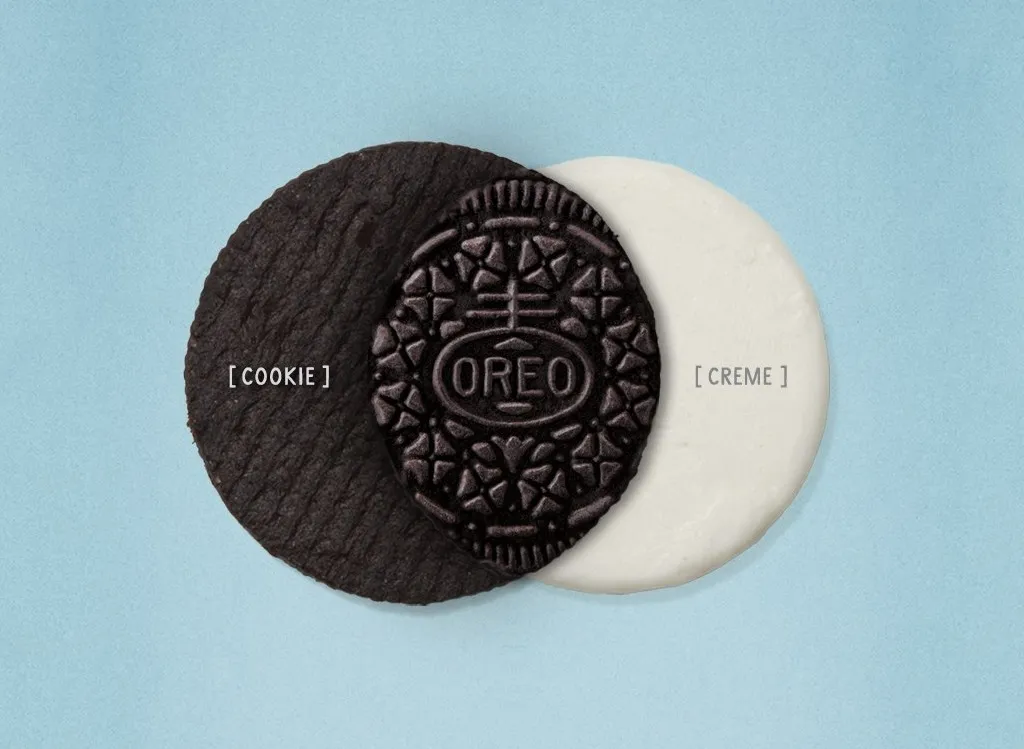
Without any animal or dairy products, these chocolate sandwich cookies are now basically vegan. (We say basically because there can be some cross-contamination with milk during production). But it hasn’t always been this way: The original recipe for the filling actually got its creaminess from pig lard! In 1997, Nabisco switched to a vegan (and kosher) option by using vegetable oils.
While the exact Oreo recipe is still a secret, some industry secrets leaked to the public during an incident in 2014.
Long story short—an American landed a 15-year prison sentence after releasing the Oreo formula to a Chinese company for a cool 28 million dollar payout. Because of this scandal, it was unveiled that Nabisco used a scary additive called titanium dioxide in the cookie center. A chemical that gives certain foods (such as ice cream) their ultra-white color, titanium dioxide has been proven to cause liver and tissue damage in mice, so it might also have some serious health implications for people.
While there’s no mention of titanium dioxide on the ingredient list, the cookie brand outsources the artificial flavor vanillin and couldn’t comment on what might be added by the manufacturers. Therefore, it’s probably not safe to say whether titanium dioxide (or other chemicals) could be lurking in the Oreo cookie filling.
The cookie might have a scandalous past, but don’t we all? Obviously, processed cookies are never recommended for healthy eating plans, but on a cheat day, it’s not so bad to pull apart the chocolate wafers and have a lick at the vegan-ish cream filling. Beware, though, of portion control, since Oreos are one the world’s most addictive foods.
Photos courtesy of Oreo on Facebook.
